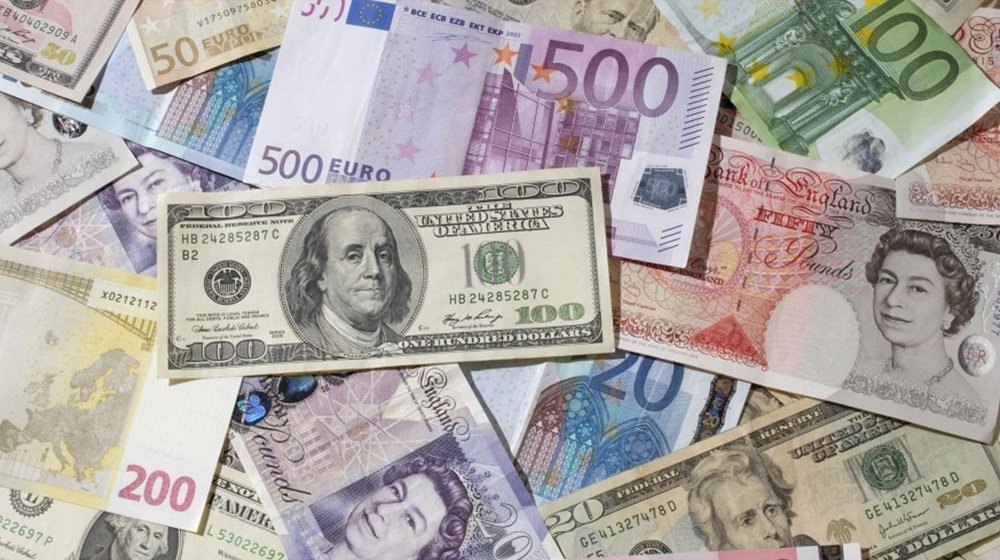Pakistan is expected to receive a record $38 billion in remittances during the current fiscal year (FY25), yet the country continues to trail its peers in terms of remittance inflows per expatriate, according to a new report by the Policy Research and Advisory Council (PRAC).
The report highlights that while remittances grew at a compound annual rate of 6.1 percent between 2013 and 2023, the average remittance per Pakistani expatriate was just $2,529 in 2023. This figure is significantly lower than those of comparable countries, with the Philippines at $16,780, Thailand at $9,703, Mexico at $5,914, China at $4,626, and India at $3,906.
PRAC attributes Pakistan’s underperformance to several structural weaknesses, including a narrow export base dominated by textiles, persistent trade deficits, rising consumer imports, and a chronically weak rupee. These factors have contributed to the volatility of the country’s foreign exchange reserves, which have plummeted from $23.5 billion in 2016 to $11.3 billion in 2023.
To enhance the effectiveness of remittances and stabilize foreign exchange reserves, PRAC has recommended reducing remittance transfer costs, aligning Naya Pakistan Certificate (NPC) yields with domestic interest rates, and directing Roshan Digital Account (RDA) inflows toward special economic zones and agro-processing industries. The council also called for a shift to an exchange rate system anchored to the Real Effective Exchange Rate (REER) to help curb volatility.
The report concludes that remittances alone are not enough to ensure economic stability. PRAC stresses the need for a more resilient and targeted foreign exchange strategy to protect Pakistan’s economy from external shocks such as global oil price swings and political instability.










